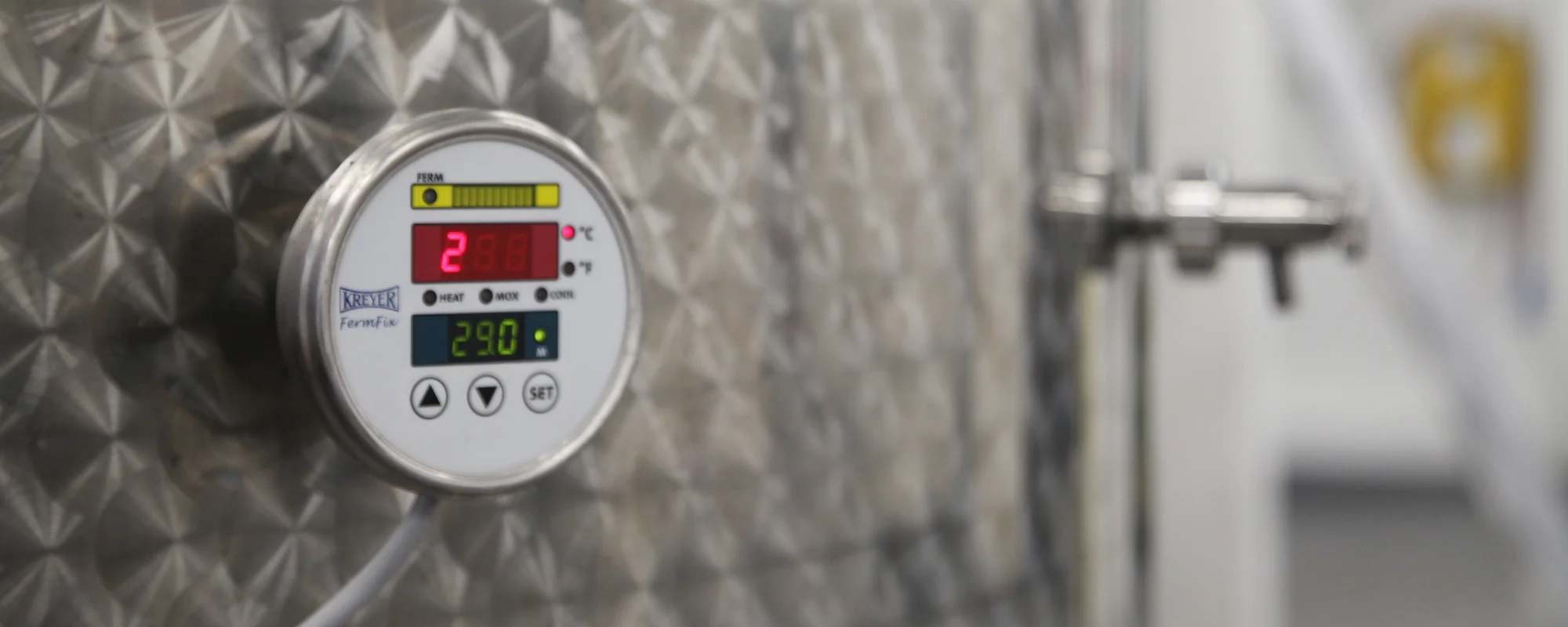Last night we made our way over to bustling Bermondsey St to give two hour-long tastings to an excited group of bloggers, sommeliers and The Hide customers to celebrate London Wine Week 2016. The Hide proved the perfect setting for an intimate introduction to London Cru, with funky decor, a buzzing atmosphere and tasty small plates to satiate post-tasting hunger pangs. Being right next to the wine industry’s education HQ (The Wine and Spirit Education Trust), we felt completely at home.
Gavin Monery, winemaker, led an in-depth introduction to London Cru wines, supported by Lindsey and Emma from London Cru and Zainab, from sister company Roberson Wine. Zainab’s on-trade experience as a sommelier certainly came in handy when pouring the wines around!
Gavin talked the group through the various processes of winemaking, from hand-harvesting the grapes in Europe and the grape reception in London, to pressing, fermenting and ageing. This was all followed by a tutored tasting of the full 2014 range, with a sneaky peak of the yet-to-be-labelled 2015 Albariño.
Many thanks to Paolo from The Hide for being such a wonderful host, despite nervously waiting for his overdue first baby to arrive. Also a big thanks must go to the The Hide’s bar team and to marketing manager Fiona for helping to organise the event.
The Hide have ripped up their usual wine list and are only serving London Cru wines this week – by the glass and the bottle - so if you couldn’t make yesterday’s tasting, pop down any time this week to give London Cru a try.































